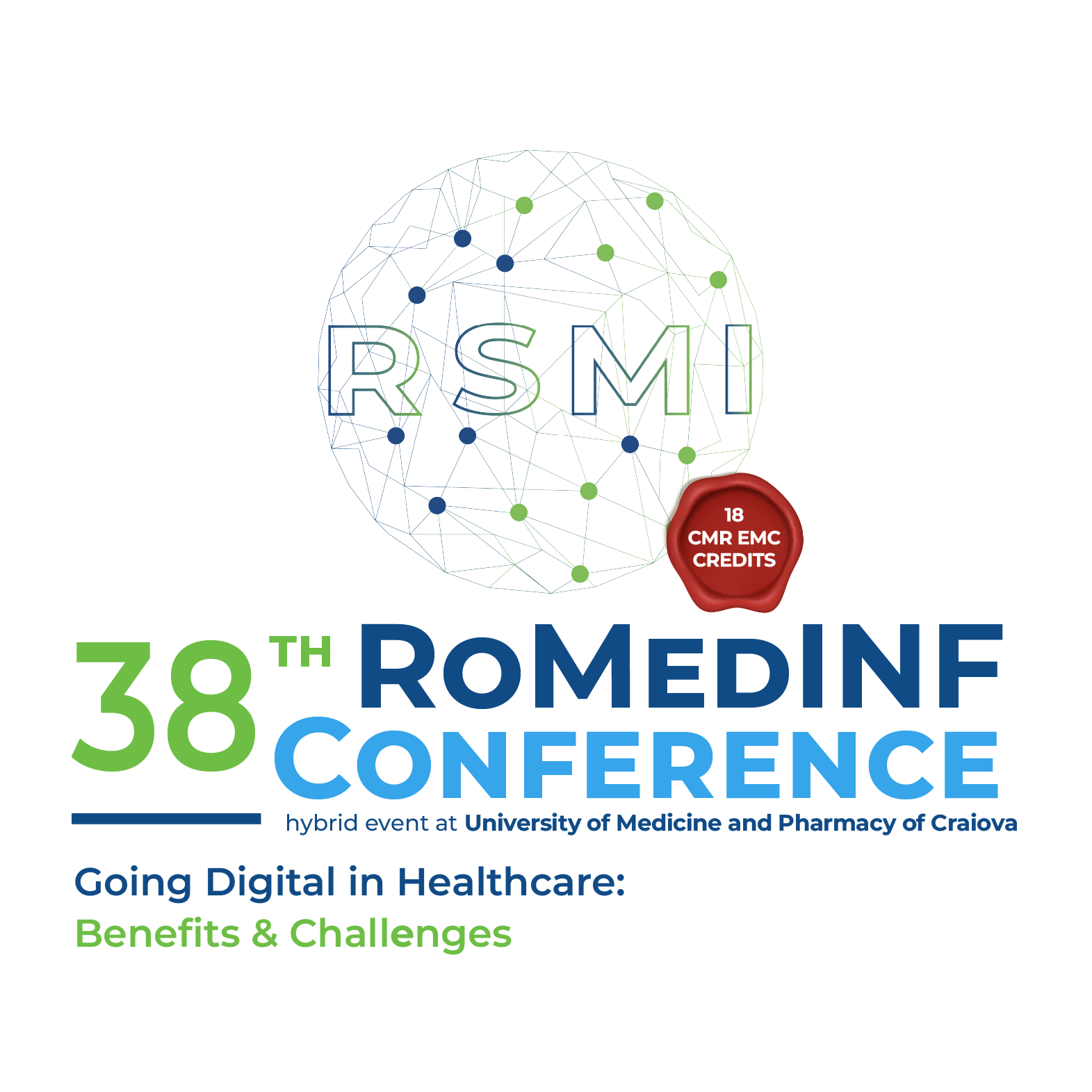Human Health Outcomes Linked to Ecosystem Changes of Urban Streams: An OneAquaHealth Protocol
Keywords:
Digital health, Geographic information systems (GIS), EcosystemAbstract
Background: Stream buffer and riparian zones are critical areas surrounding water bodies with profound impacts on the health and well-being of human communities who live near streams. Among the aims of the OneAquaHealth project is to set up a framework to detect and monitor human health outcomes linked to ecosystem changes in urban streams in five European cities (Coimbra, Benevento, Toulouse, Ghent, Oslo). The objective of this particular protocol is to establish a data collection structure to identify environmental pressure, human exposure, and feedback mechanisms between ecosystem and the health of people living near the urban streams. Methods: Geospatial health mapping, particularly remote sensing and Geographic Information Systems (GIS) will be used to correlate health indicators (well being, mental and physical health, physical activity, restorative experience, annual mortality) with environmental changes through the years. Ecosystem health and services assessment will be further implemented to assess water quality (contaminants, waterborne diseases), species biodiversity (diatoms, vegetation) both inside the water and in the riparian zone around the stream and soil health (contamination, erosion, and agricultural activity). This will be performed using public databases to collect information for the selected stream, remote sensing (aerial photos, satellite imagery) and field surveys (for example geophysical mapping at selected sites). The research will be conducted for a certain period so that data can be collected at various spatial and temporal scales to detect patterns over time and provide reliable predictions using machine learning models. Conclusion/Anticipated Impact: The protocol is flexible for monitoring human health in relation to ecosystem degradation. The integration of health and environmental data and the employment of modern tools like GIS enables this system to detect health risks timely. The emphasis on real-time monitoring and community engagement provides a capable framework to manage the growing health challenges posed by environmental degradation and climate change.
Downloads
Published
How to Cite
Issue
Section
License
Copyright (c) 2025 Marilena ANASTASAKI, Catherine CHRONAKI, Anne MOEN, Eleni KOKINOU, Stratos KOKOLAKIS, Matenia KARAGIANNIDOU

All papers published in Applied Medical Informatics are licensed under a Creative Commons Attribution (CC BY 4.0) International License.

